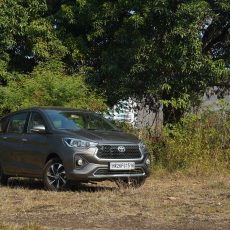The 2022 Renault Kiger has a few changes to boast about. We experience it in Kerala.
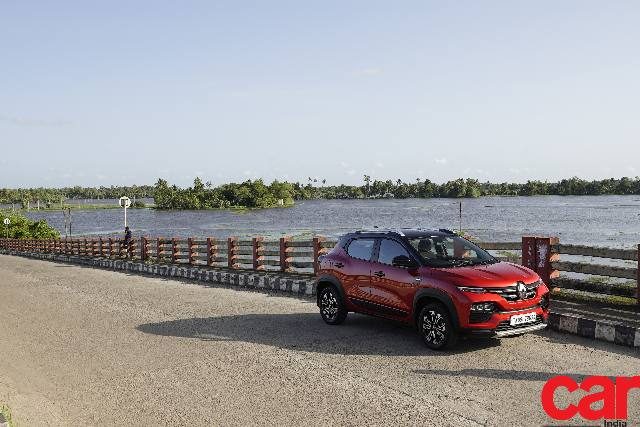
Story: Joshua Varghese
Photography: Sanjay Raikar
As many as 50,000 units of the Renault Kiger have been produced. A memorable milestone for the French brand’s Indian journey and one worth celebrating. We were invited to be a part of this event and along with it we also got a chance to explore the serene and beautiful town of Kumarakom in Kerala using the 2022 Renault Kiger.
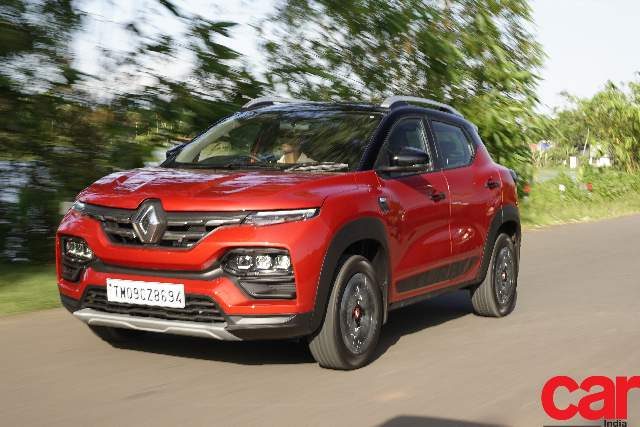
Set against the calm and pristine locale of the backwaters, the Renault Kiger’s futuristic styling stood out in an enticing manner. Without altering the already popular design too much, Renault have given the Kiger a subtle makeover by adding a few elements around the car in addition to a new paint scheme. The car is now available in as many as seven colours (black being the latest offering) with four dual-tone options. Furthermore, they’ve also introduced a skid plate at the front, a strip of chrome at the tailgate, ‘Turbo’ decals along the doors and red wheel caps for the alloy wheels. Subdued yet worth appreciation.
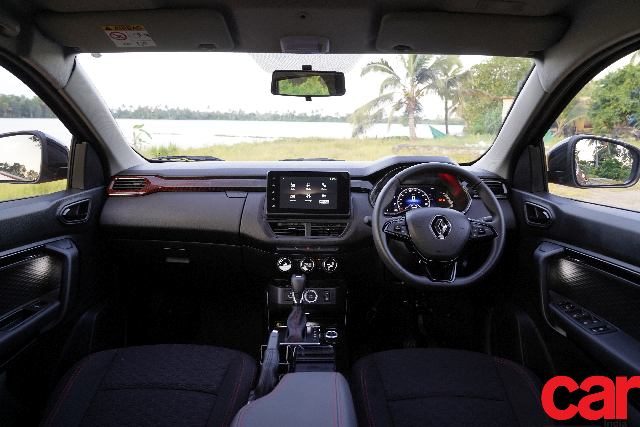
Changes in the cabin are also similarly minimal but more profound in terms of functionality. The centre console has two new buttons. The first one toggles cruise control, a useful feature to have for those who enjoy long stints on the highway. The second one controls the wireless charging pad and along with it, the Kiger also supports wireless connectivity for Android Auto and Apple CarPlay. That was certainly a life-saver while navigating through the back roads of Kumarakkom, particularly because I did not have my phone’s cable at hand. The display is crisp and responsive, giving the Kiger a timely upgrade in terms of cabin experience.
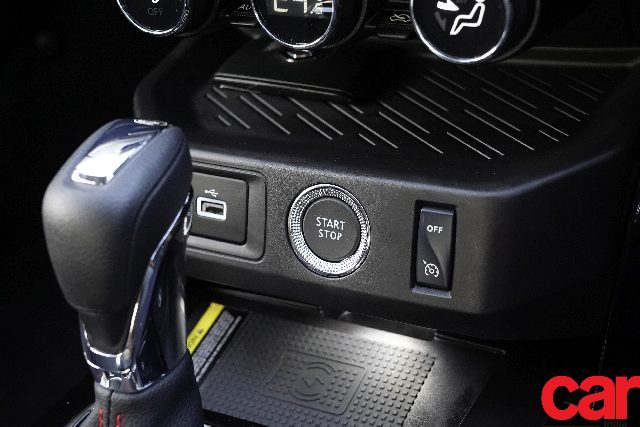
The roomy interior is something we have always liked about this car and that remains intact with this model as well. Renault have elevated the ambience slightly by providing a red accent on the dashboard and contrasting red stitching on the upholstery. The comfortable seats offer good support for driver and passengers alike and the space in the cabin is cleverly managed to maximise storage. Smartly integrated cubbyholes and gloveboxes swallow a lot of small items that may otherwise just find themselves scattered about along the centre console.
The insulation levels for the cabin are good enough for the segment but could use some improvement because although the three-cylinder engine is smooth and refined through most of its working range, the characteristic thrum can be detected at low revs and close to the redline. Some of it filters into the cabin as well, however, it is not even close to being a deal-breaker. Renault have left the engine and transmission departments untouched. The 1.0-litre, three-cylinder, petrol engine is available with or without a turbocharger. The naturally-aspirated unit develops 72 hp and 96 Nm of peak torque and could be mated to either a five-speed manual or an AMT while the turbocharged engine dishes out 100 hp and 160 Nm (152 Nm for the CVT) puts the power through either a five-speed manual or a CVT.
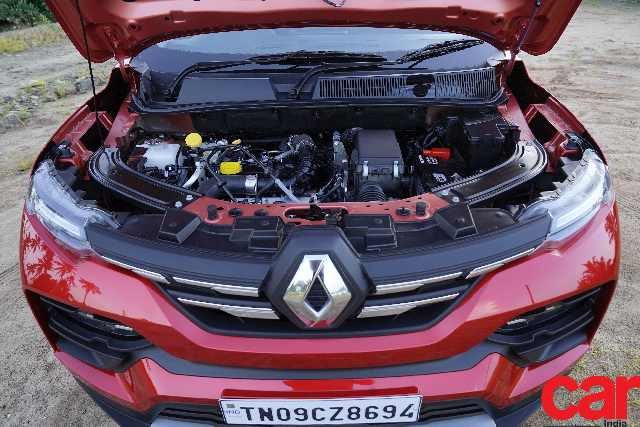
We had the turbo-CVT model and it perfectly met our requirements for the day which included driving along the narrow roads of Kumarakom and short stints on highways. In Eco mode, fuel-efficiency is prioritised (obviously) while everything else takes a back seat. With open roads at my disposal, I mostly stayed in Normal mode and considering how well balanced the throttle response and steering feedback is, I expect this to be the favourite among most users. Sport mode is predictably ummm.. sporty. The throttle response was quicker here, the engine was more eager to rev through its range and the feedback at the steering wheel was was more positive making this a favourite on the highway stretches. Kerala’s two-lane highways require quick overtakes and Sport mode executed that to good effect. The French’s expertise with suspension was evident in this latest Kiger as well from the way it wafted over the potholes and kept its composure around fast corners. Kumarakom’s narrow roads also highlighted the manoeuvrability of this car. When squeezing past heavy traffic, the compact proportions of the Kiger, wide viewing angle through the windscreen and the distinct bonnet lines within that view all contributed towards making quick, confident work of guiding it through tight spaces.
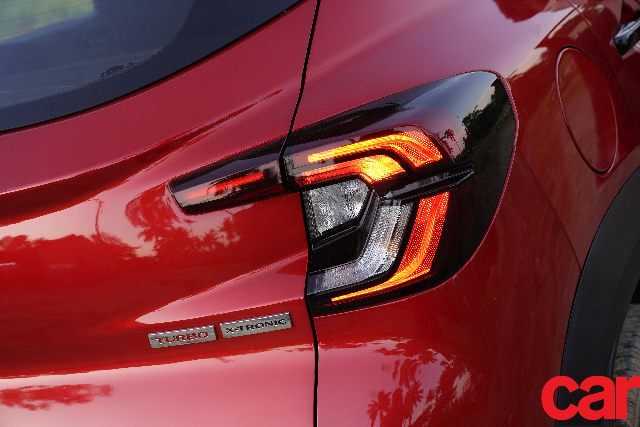
The Kiger’s popularity can be boiled down to compact dimensions, admirable ride quality and roomy interior. Now with some timely new features, the Kiger can expect to enjoy a broader range of clientele, especially those who are looking for a comfortable city car that does not cut corners drastically or compromise on the essentials. The pricing starts at Rs 5.99 lakh and goes up to Rs 10.62 lakh for the car on these pages; all prices are ex-showroom. I believe the Kiger’s most likeable trait is that it lives up to the expectations of most buyers in this category. Kudos to Renault for understanding the customer requirements and delivering a product that meets them.
Also Read: Maruti Suzuki Grand Vitara Hybrid Unveiled in India




